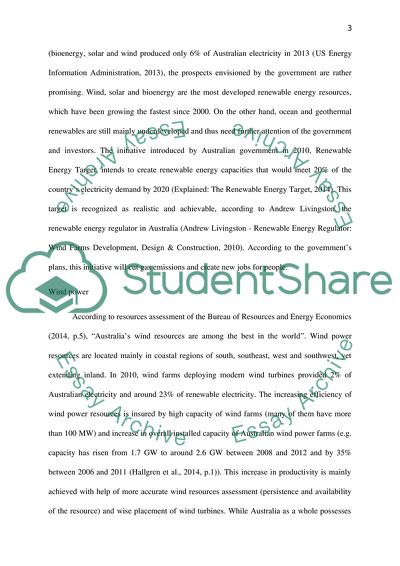Cite this document
(Renewable Energy in Australia Literature review Example | Topics and Well Written Essays - 1250 words, n.d.)
Renewable Energy in Australia Literature review Example | Topics and Well Written Essays - 1250 words. https://studentshare.org/environmental-studies/1875626-renewable-energy-in-australia
Renewable Energy in Australia Literature review Example | Topics and Well Written Essays - 1250 words. https://studentshare.org/environmental-studies/1875626-renewable-energy-in-australia
(Renewable Energy in Australia Literature Review Example | Topics and Well Written Essays - 1250 Words)
Renewable Energy in Australia Literature Review Example | Topics and Well Written Essays - 1250 Words. https://studentshare.org/environmental-studies/1875626-renewable-energy-in-australia.
Renewable Energy in Australia Literature Review Example | Topics and Well Written Essays - 1250 Words. https://studentshare.org/environmental-studies/1875626-renewable-energy-in-australia.
“Renewable Energy in Australia Literature Review Example | Topics and Well Written Essays - 1250 Words”. https://studentshare.org/environmental-studies/1875626-renewable-energy-in-australia.


